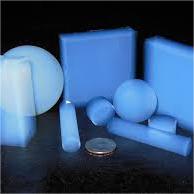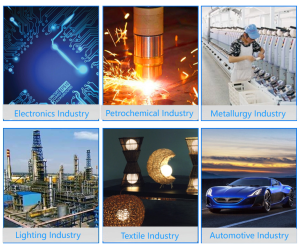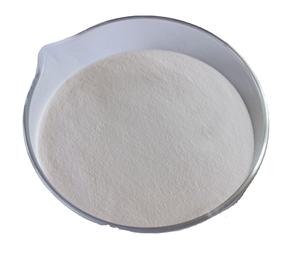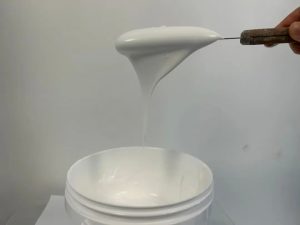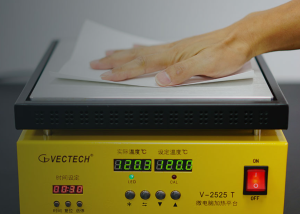Professional industry ceramic supplier, silicon nitride, silicon carbide, aluminum nitride and any other kinds of ceramics.
1. Introduction
Just 36 hours ago, a major semiconductor manufacturer in Texas announced it’s doubling its investment in silicon carbide (SiC) wafer production—sparking a mini frenzy across materials supply chains. And guess what’s suddenly flying off the shelves? Not GPUs. Not lithium. Silicon carbide crucibles.
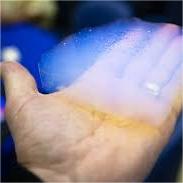
Yes, those unassuming, ultra-tough containers used to melt metals and grow crystals are now at the heart of a high-stakes industrial race. But what makes a silicon carbide crucible so special? And why are people also buying silicon carbide ceramic dinner plates and baking dishes? Buckle up—we’re diving deep into the gritty, sparkly, heat-defying world of SiC.
2. What Exactly Is a Silicon Carbide Crucible?
A silicon carbide crucible is a high-performance container made from silicon carbide—a compound of silicon and carbon known for its extreme hardness, thermal conductivity, and resistance to thermal shock.
Unlike your grandma’s clay pot (no offense, Grandma), SiC crucibles can handle temperatures north of 1,600°C without flinching. They’re the Navy SEALs of the ceramic world: tough, reliable, and built for extreme missions.
3. Silicon Carbide vs. The Competition
3.1. Alumina (Al2O3) Crucibles
Alumina crucibles are cheaper and widely used in labs. But they crack under rapid temperature changes and can’t match SiC’s thermal conductivity. Think of alumina as the reliable sedan—fine for errands, but not for the Indy 500.
3.2. Zirconia (ZrO2) Crucibles

Zirconia crucibles boast higher melting points and excellent chemical inertness—great for reactive melts. But they’re brittle, expensive, and poor heat conductors. They’re the luxury sports car that breaks down if you hit a pothole.
3.3. Boron Carbide vs. Silicon Carbide
Boron carbide (B4C) is even harder than SiC and used in armor plating. But it’s far more expensive and oxidizes easily above 500°C. For crucibles? SiC wins on cost, stability, and versatility. Boron carbide is the superhero who only works one day a week.
4. Types of Silicon Carbide Crucibles: Not All Are Created Equal
4.1. Reaction-Bonded SiC (RBSiC)
RBSiC crucibles—often sold as rbsic silicon carbide tile blocks or pillars—are made by infiltrating porous carbon with molten silicon. They’re dense, strong, and ideal for continuous high-temp processes like metal casting.
4.2. Sintered SiC
Sintered versions offer higher purity and better corrosion resistance but cost more. These are the go-to for semiconductor crystal growth, where contamination is a no-go.
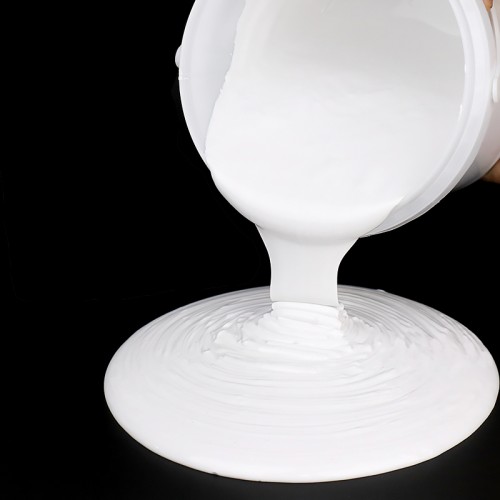
4.3. Nitride-Bonded SiC
Less common but useful in oxidizing atmospheres. They trade a bit of strength for better oxidation resistance—like wearing sunscreen at the beach of molten metal.
5. Beyond Crucibles: The Unexpected Rise of Silicon Carbide Dinnerware
Here’s where it gets weird (and wonderful). The same material used in furnaces is now showing up as silicon carbide ceramic dinner plates, baking dishes, and even butter dishes.
Brands are marketing ‘silicon carbide ceramic baking dish’ and ‘silicon carbide ceramic casserole dish with lid’ as ultra-durable, oven-to-table cookware. Are they safe? Yes—when properly glazed and food-grade certified. Are they overkill? Absolutely. But hey, if your casserole survives a meteor strike, you’re winning.
You’ll also find ‘silicon carbide black ceramic plates’, ‘silicon carbide white ceramic plates’, and even ‘silicon carbide christmas ceramic platter’ collections. It’s like your kitchen got a sci-fi upgrade.
6. Industrial Cousins: Where Else SiC Shines
Silicon carbide isn’t just for crucibles or dinnerware. It’s everywhere in advanced ceramics:
- silicon carbide burner nozzles (for clean, efficient combustion)
- silicon carbide ceramic tubes for furnace and thermocouple protection
- silicon carbide ceramic tiles (used in wear-resistant linings)
- silicon carbide discs and grinding discs (for precision machining)
- silicon carbide ceramic piping (handling corrosive fluids at high temps)
And let’s not forget silicon nitride—a close cousin. While silicon nitride crucible factories produce components for aerospace and bearings, Si3N4 excels in toughness and thermal shock resistance. But it’s pricier and harder to fabricate than SiC.
7. Why the Recent Surge?
The EV and power electronics boom is driving demand for SiC wafers—which require ultra-pure melting environments. Traditional graphite crucibles contaminate the melt; SiC doesn’t. Hence, factories are scrambling for high-quality silicon carbide crucibles.
Add to that the growth in ‘advanced ceramic materials’ for green tech, and you’ve got a perfect storm. Even ‘high purity silicon nitride powder market’ analysts are watching SiC closely.
8. Conclusion
Silicon carbide crucibles aren’t just lab curiosities—they’re critical enablers of next-gen tech. From growing flawless semiconductor crystals to serving your holiday pie in a ‘silicon carbide ceramic pie dish’, SiC proves that the line between industrial might and domestic delight is thinner than a wafer.
So next time you hear ‘silicon carbide’, don’t just think furnace. Think future—whether it’s in a factory, a lab, or your oven.
Our Website founded on October 17, 2012, is a high-tech enterprise committed to the research and development, production, processing, sales and technical services of ceramic relative materials such as Why. Our products includes but not limited to Boron Carbide Ceramic Products, Boron Nitride Ceramic Products, Silicon Carbide Ceramic Products, Silicon Nitride Ceramic Products, Zirconium Dioxide Ceramic Products, etc. If you are interested, please feel free to contact us.

